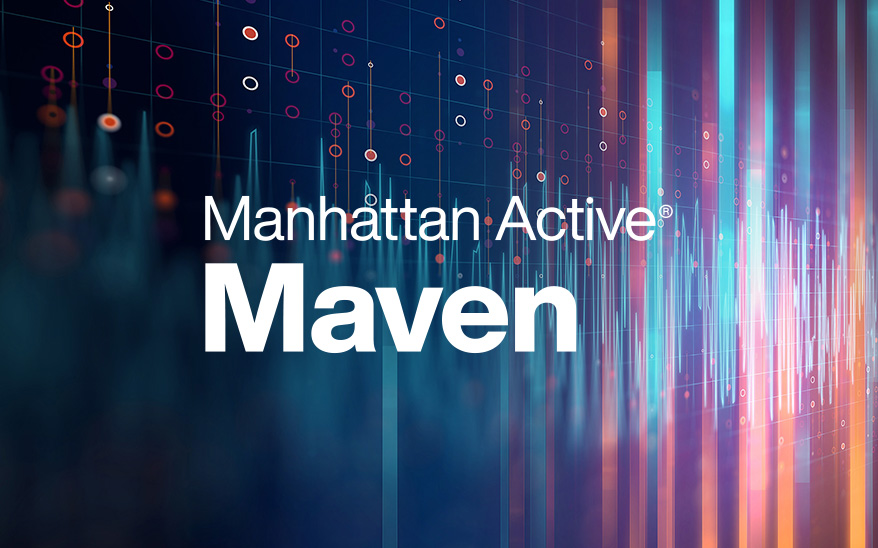Resources and Insights
Get insights into the latest happenings at Manhattan or filter content to learn more about a specific topic.
Featured
How to Build a Resilient, Agile Supply Chain for Peak Season Success
Learn how retailers can build a resilient, agile supply chain for peak season success with strategies to boost flexibility and reduce risk.







